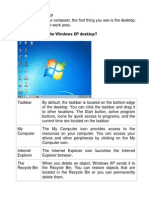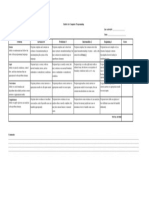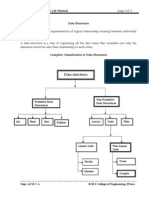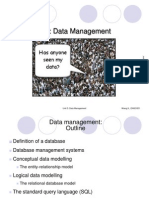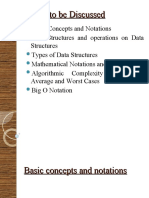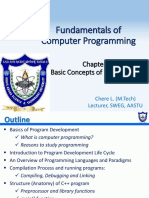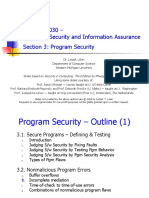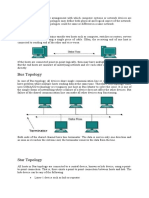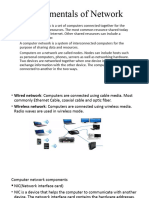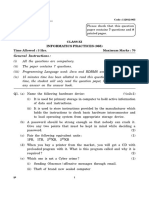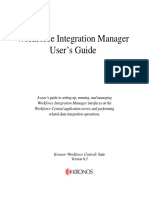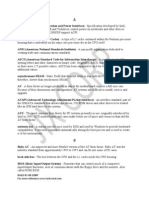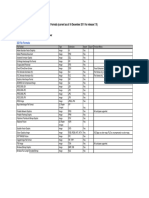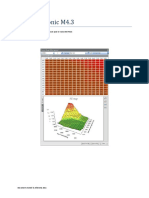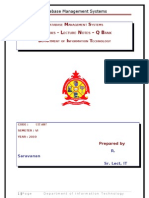DIKSHANT INTERNATIONAL SCHOOL
PROJECT ON
COMPUTER NETWORKING
SUBMITTED TO: MISS KHUSHI NEGI
SUBMITTED BY: UNNATI POKHRIYA
CLASS: 9th
TERM: IInd
TERM (F.A.-3)
�ROLL
NO.:8
SERIAL NO.
TOPIC
PAGE NO.
1.
2.
ACKNOWLEDGEMEN
T
COMPUTER
NETWORK
TYPES OF NETWORK
1
2
3.
4.
5.
6.
COMPONENTS OF
COMPUTER
NETWORK
NETWORK DEVICES
TRANSMISSION
MEDIA
3-4
5
6-7
8-9
REMARK
�ACKNOWLEDGEMENT
I SHWETA BISHT of class 9th of DIKSHANT
INTERNATIONAL SCHOOL is thankful to my
computer teacher Miss Khushi Negi who
gave me golden opportunity to make a
project on Computer Networking, which
helped me in doing lots of research and I
came to know about my new things. I am
really thankful to my parents, sister and
friends who helped me in finalizing the
project within the time limit. Last but not the
least I would like to thank GOD who made
me capable for completing this project.
�COMPUTER NETWORK
A
computer
network is a
group
of
connected
devices, such
as computers,
laptops,
printers
or
mobile
devices, which
can
communicate
with
each
other
and
share
hardware and
software
resources.
These devices
can be used to
send
and
receive
data
and
perform
tasks, such as
sharing files.
Figure1:
Computer
Network
�USES OF COMPUTER
NETWORK
Some of the major uses of
computer network are:
Resource and file sharing.
Collective user interaction.
Increased storage capacity.
�On the basis of the size, a computer
network can be classified into four
types:
Personal Area Network (PAN):
A PAN is used for
communication among
various devices, such
as computers,
mobile devices, fax
machines and
printers available
closely to an
individual user. The
devices in PAN are
connected through
wires or wireless
techno
logies.
Figure2:
PAN
Local Area Network (LAN):
A LAN is a collection of
computers
and
associated
devices
that are located in a
close
proxim
ity to
each
�other.
A
LAN
occupies a small area,
which can be within a
home,
an
office
building or a school. It
is operated or owned
by a single person or
organization.
Figure3
: LAN
Metropolitan Area Network (MAN):
A MAN is a computer network that
extends to a campus of large
organisation, such as a university, or
covers an entire city. The MAN
includes many LANs and individual
computers. The
geographical spread of a
MAN is larger than that
of a LAN. It is owned by a
single organisation or
group, such as a
university or a
government
organization.
Figure4
: MAN
�Wide Area Network (WAN):
A WAN is a large
computer network made
up of smaller networks,
such as two or more
LANs. The worlds
largest and most famous
WAN is Internet. They
are costly to set up
because of the
expensive network
equipment required to
set up a WAN.
Figure5:
WAN
�COMPONENTS OF
COMPUTER
NETWORK
Various network components in a
computer network are:
Node: A node
is any device
that is
connected to
a computer
network.
Every node on
a network has
a unique
address,
which enables
other network
devices to
communicate
with it.
Figure6:
Node
Server: A server is a main and
powerful computer connected to a
network that is used to:
Share resources.
Respond to requests from
computers and other servers.
� Provide centralized access to
services, such as email, and
resources, such as application, files,
printers and scanners.
A server can either perform specific
function or multiple functions such
as providing storage, e-mail access
and the Internet access
Client: A client is a computer that
uses services and resources
provided by other computers and
servers in a network. A client
computer usually has its own
processor, memory and storage
which enable it to perform its own
tasks.
Network devices are used to connect
different nodes to a network and
assist in transfer of data in the
network. Some of the network devices
are:
�1. Network interface card (NIC):
NIC or Ethernet card is an electronic
device that connects a computer with
a network. Without this device our
computer cant communicate with
other device.
2. Hub: Hub is an electronic device
that connects multiple nodes in a
network and sends and receives data
from all connected nodes. A hub
contains multiple ports that are used
to connect multiple nodes.
3. Switch: A switch is an electronic
device that connects multiple nodes,
receives data from all nodes and
sends data only to the intended node.
A switch also has multiple ports to
connect with multiple nodes.
4. Router: A router can also be
defined as a networking device that
connects multiple physical networks.
It is the most widely used network
device. The main job of a router is to
prevent data broadcast. A router also
directs the data to the correct network
�and path based on the data
properties. Routers ensure that
networks run effectively. They also
maintain a database of networked
device.
5. Gateway: A gateway can be
considered as the entrance point to
other networks; so that different
networks have many small networks
can communicate with each other. A
gateway is required in networks
because large organizational networks
have many small networks. A gateway
provides this connectivity and also
translates the data so that different
networks can communicate with each
other.
6. Modem: A modem is a device that
converts digital signals to analogue
signals and analogue signals to digital
signals. This process is known as
MOdulation/DEModulation or MODEM.
The conversion of signals to analogue
signals is known as modulation, and
conversion of analogue signals to
digital signals is known as
�demodulation. Communication or
transmission media help to transfer
data between various network
devices, such as computers and
printers.
Figure7: Modem
�TRANSMISSION MEDIA
Transmission media are also known as channel.
Transmission media can be wired media or
wireless media.
WIRED TRANSMISSION MEDIA: Wired
transmission media are used to transfer data
through cables and wires. Wired media are also
called guided media because they restrict data
transfer to a specific guided path. The cables
involved in guided media are:
TWISTED PAIR CABLES
i. UNSHIELDED TWISTED PAIR (UTP)
ii. SHIELDED TWISTED PAIR (STP)
COAXIAL CABLES
OPTICAL FIBRE CABLES
�Figure8: Examples of Wired Transmission Media
WIRELESS TRANSMISSION MEDIA:
Wireless media transmit data by
using electromagnetic waves,
such as radio waves, microwaves
or light pulses to carry data. They
are also called unguided media
because the data transfer on a
network using a wireless
transmission medium does not
follow a well defined path instead
�it is in the form of waves or pulses
that do not travel in closed guided
direction. The types of wireless
media used for communication
are:
RADIO WAVE TRANSMISSION
MICRO WAVE TRANSMISSION
INFRARED TRANSMISSION
�Figure9: Examples of Wireless
Transmission Media
